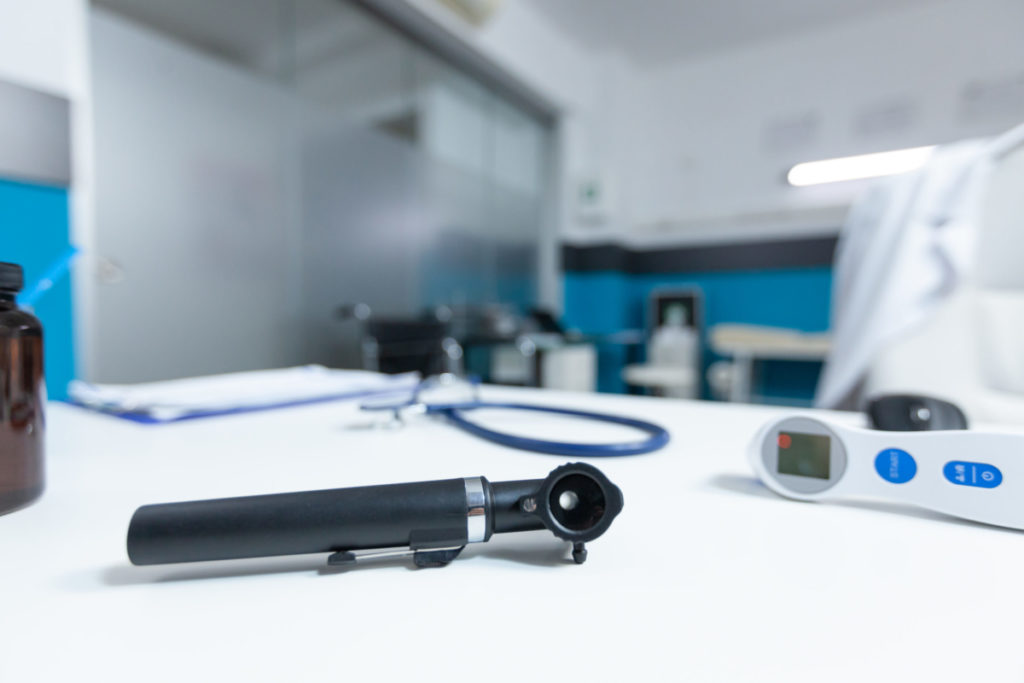Imagine you’re a nurse in a busy healthcare facility. A wheelchair user, a bariatric patient, and an elderly patient all come in at the same time requesting care. How do you decide who will get priority to use the healthcare facility’s only accessible power exam table?
Now more than ever, healthcare facilities are looking to standardize their medical equipment to combat situations like this one. Ambulatory and outpatient care centers are also performing more specific and invasive procedure, meaning they need a more in-depth baseline of care to meet patient and clinician needs.
By standardizing exam rooms with ADA (Americans with Disabilities Act) accessible medical equipment, all rooms can accommodate every patient while also meeting the needs of clinical staff, ultimately leading to better staff retention and patient throughput.
When looking to standardize your medical facility, there are four main questions to ask:
- Do you need solutions that will accommodate the diverse patient population?
Diversity Inclusion for patients is more than “checking a box” for ADA accessibility. All patients should be granted the comfort of accessible equipment — no matter their various needs. Standardizing your facilities power exam equipment will help to make patients feel more comfortable/included and makes sure that everyone has access to the best care possible. - Are you and your staff suffering from burnout?
Prioritize investing in staff satisfaction and success. Clinicians can become burnt out from assisting many patients daily on manual tables. The constant lifting and straining to position patients properly can take a toll on even the strongest of staff members. Facilities can combat this issue by having power exam equipment that does the heavy lifting for staff. Having accessible and abundant storage also prevents staff from having to run to different areas to get the supplies they need. - Are you struggling to meet your throughput metrics?
The push to ensure sustainable healthcare job performance is being closely analyzed now more than ever. Key performance indicators to consider in the healthcare setting are medical equipment utilization, patient room turnover rate, and patient safety. Standardizing with an accessible exam table in every exam room will establish better workflow efficiency for your facility and provide a higher quality of care for your patients. - Have your patient experience ratings declined?
Another key performance indicator to consider is patient feedback and satisfaction. Exam room appearance and comfort play a significant role in gaining patient trust. It is difficult for a major part of the patient population to step-up onto a fixed-height box table. Ensure exam room equipment is easily accessible and aesthetically pleasing. A first impression is worth 1,000 words.






